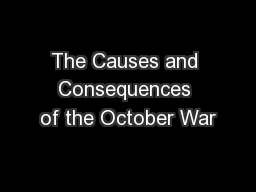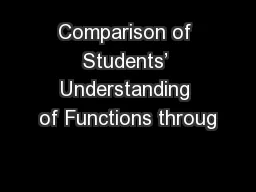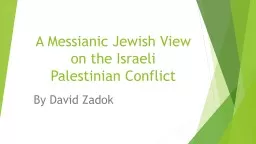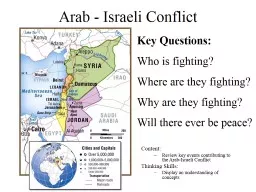PPT-Women in Israeli History
Author : min-jolicoeur | Published Date : 2017-10-16
Status of Women in Israel Roots in Zionism Two Trends Zionism was essentially a masculine liberation movement On the other hand the harsh conditions of the pioneers
Presentation Embed Code
Download Presentation
Download Presentation The PPT/PDF document "Women in Israeli History" is the property of its rightful owner. Permission is granted to download and print the materials on this website for personal, non-commercial use only, and to display it on your personal computer provided you do not modify the materials and that you retain all copyright notices contained in the materials. By downloading content from our website, you accept the terms of this agreement.
Women in Israeli History: Transcript
Download Rules Of Document
"Women in Israeli History"The content belongs to its owner. You may download and print it for personal use, without modification, and keep all copyright notices. By downloading, you agree to these terms.
Related Documents














